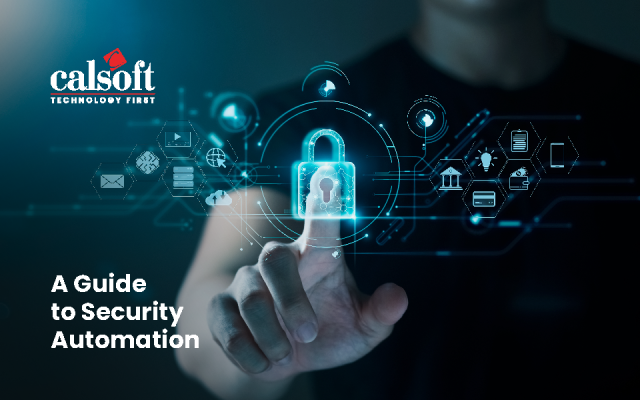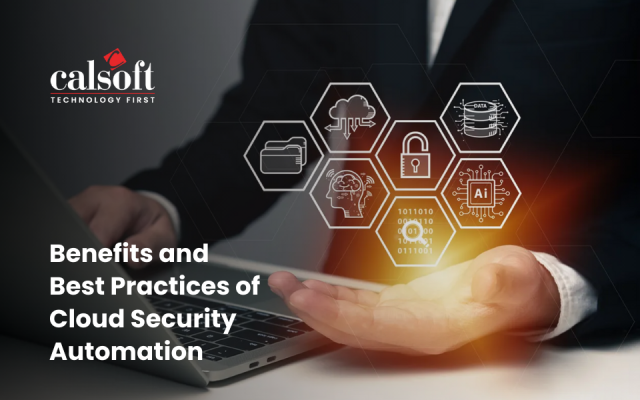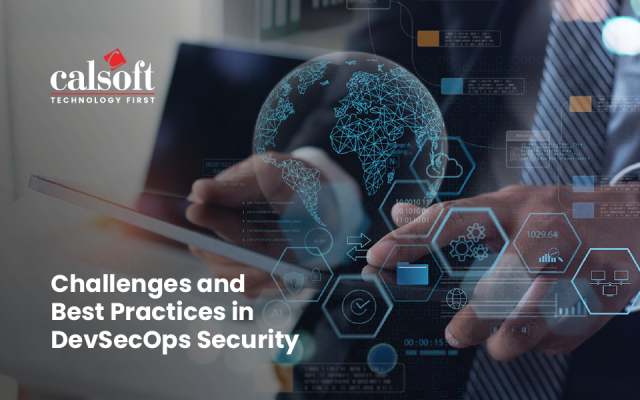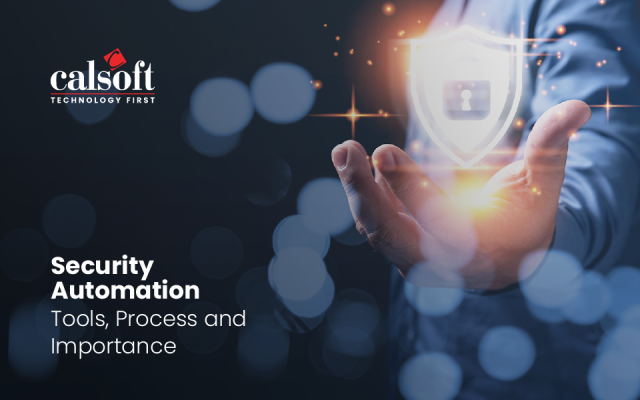The COVID-19 pandemic has drastically altered the enterprise business landscape with a massive shift to remote working arrangements. Most businesses were caught unawares by an event so catastrophic and understandably responded in a knee-jerk manner to protect their people and ensure business continuity. Organizations were forced to suddenly pivot from the traditional model of functioning – which involved people working in office buildings with on-premises networks – to Work From Home arrangements using public or private cloud. IT teams in enterprises now had to deal with the additional burden of securing their workers and sensitive data that was being accessed from home and public networks.
The Threat Scenario
It has always been a big, bad world out there for enterprise networks, and the intensity and occurrence of cyber threats has spiked during the pandemic, because antisocial elements like hackers and phishers love to prey on people’s insecurities.
Recently, the Cybersecurity and Infrastructure Security Agency (CISA), which is a part of the US Department of Homeland Security, warned about network security issues arising due to COVID-19 and categorized them as follows:
- Phishing, using the subject of Coronavirus or COVID-19 as bait
- Malware distribution via Coronavirus- or COVID-19- themed lures
- Registration of new domain names containing words related to Coronavirus or COVID-19
- Attacks against new and rapidly deployed remote-access and teleworking infrastructure
That’s not all. A recent survey conducted by Dimensional Research on 411 IT and security professionals worldwide came up with the following findings:
- Spike in Coronavirus-related attacks: 71% of the professionals surveyed reported an increase in security threats or attacks since the pandemic started with maximum threat coming from phishing attempts (stated by 55 per cent of respondents), followed by malicious websites claiming to offer information or advice about the pandemic (32%), along with malware (28%) and ransomware (19%).
- Remote working challenges increase: 95% of the professionals acknowledged that they were facing security issues while dealing with the spread of the Coronavirus. The top three challenges were – providing secure access to employees (stated by 56% professionals), the need for remote access scalable solutions (55%) and employees working from home using untested software, tools, and services (47%).
- Security concerns for the immediate future: 61% of the professionals said they were worried about the security risks emerging from the rapid transition to remote working, and 55% believed that remote access security needed a major boost. 49% of the respondents were concerned about the need to scale up endpoint security.
What Prowls from the Inside
However, the aforementioned issues are not the only threats that enterprises face. Insider threat is fast emerging as the Achilles Heel for many organizations. As per the US Department of Homeland Security, insider threat can lead to “theft or destruction of data or the compromise of networks, communications or other information technology resources”.
According to a survey conducted by the Ponemon Institute and sponsored by ObserveIT and IBM, the number of cybersecurity incidents caused by insider leaks has increased by 47 percent since 2018. The average annual cost of such threats has also skyrocketed in only two years, rising 31 percent to $11.45 million.
The remote working model has its own chinks in the armor. It provides a greater surface for breaches due to the reduced visibility over how work is done remotely. Enterprise risk managers also find it challenging to address the growing number of vulnerabilities that increase exponentially with exposure to different environments.
Preventive Measures
There is no silver bullet approach for the issues at hand. However, organizations can take some preventive measures, as suggested by Deloitte:
- Implement a consistent layer of multi-factor authentication (MFA) or put in place a step-up authentication depending on the severity of access requests.
- Put in place identity and access management processes to completely secure third-party access to your networks.
- Ensure that you have a 360-degree view of privileged identities within their IT environments, including a procedure to detect, prevent, or remove orphaned accounts.
Employees and individual network users should do the following:
- Be cautious while handling any email with a COVID-19-related subject line, attachment, or hyperlink, and be careful about responding to social media pleas, texts, or calls related to COVID-19.
- Access only trusted sources—such as legitimate, government websites—for up-to-date, fact-based information about the pandemic.
- Do not reveal personal or financial information via email, and avoid responding to emails asking for such information.
At this juncture, enterprises need to accept that COVID-19 has triggered a global reboot of current security practices, calling for a strategic upgrade in security approaches. As the situation unfolds and we eventually enter the post-pandemic era, these upgraded strategies could just be the difference between a surviving enterprise and a thriving one.
Further Reading:
Key Properties of Endpoint Security Solutions
What You Must Know About Endpoint Protection Challenges
Download These Informative eBriefs:
Cloud Security Amid The Pandemic: Key Concerns & Evolved Strategies






